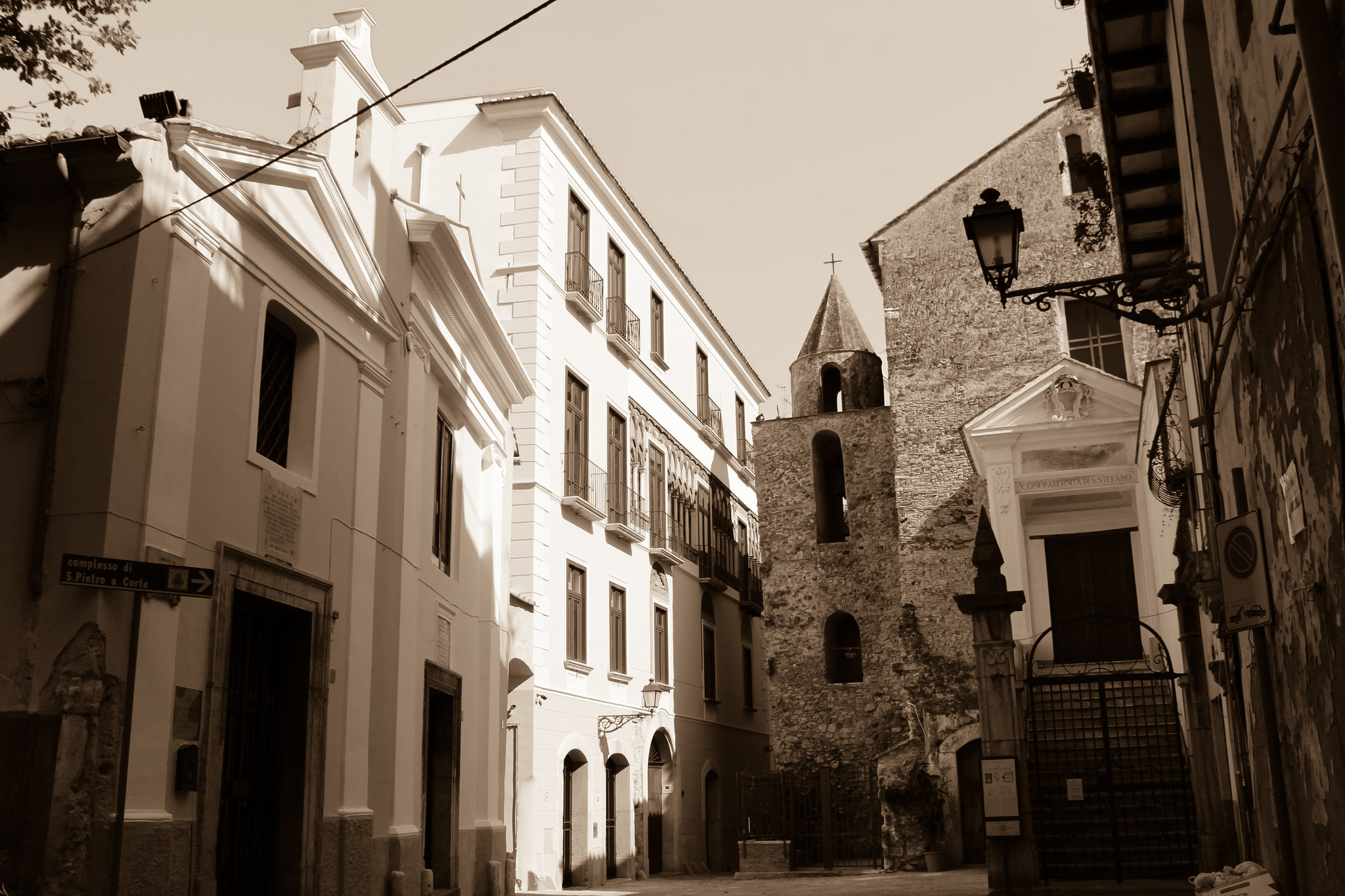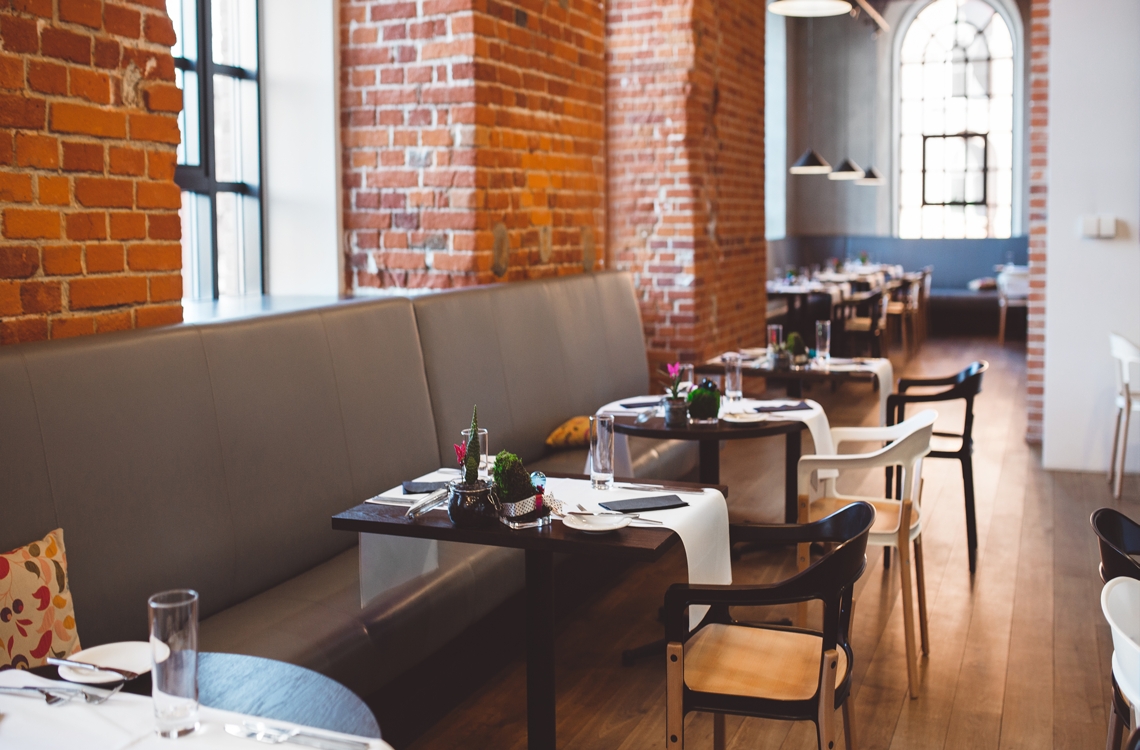#Location
SALERNO - AMLFI COAST: THE AWARD'S TOWN
Salerno is an Italian municipality of 135,261 inhabitants, capital of the province in Campania, the region's second largest municipality by population and 29th nationally. During the middle ages, the city was capital of the Longobard Principality, and then Norman Dukes of Apulia and Calabria which included much of the South of Italy. Was the original nucleus of the future Kingdom of Naples and two Sicilies.
In Salerno had established the school of medicine, which was the first and most important medical institution in Europe in early Middle age and as such is considered by many to be a precursor of modern universities. Ideal heir of the famous medical school is the University of Salerno, dislocated from 1988, in the form of Fisciano and Baronissi campuses in neighbouring municipalities. From February to August 1944 Salerno was the seat of the Italian Government, by hosting Governments Badoglio I, Badoglio II and Bonomi II that led to the breakthrough of Salerno.
The town lies on the Gulf of the Tyrrhenian Sea between the Amalfi Coast (West) and the plain of Sele (Southeast), where the Irno Valley opens to the sea. From the point of view of the region is very diverse, in fact it goes from sea level up to 953 meters of Mount Stella. The village is spread along the coast and extends inland to the hills beyond. The city is crossed by the river Irno, which until the middle of the last century it marked the eastern border and from which probably derives its name. Other rivers flowing in the municipal area is the River East of Salerno, which separates the Picentino city itself from neighbouring Pontecagnano Faiano. In the city there is also a small lake, Lake of Brignano.
The old town is made up in large part by the ancient buildings, reworked and expanded several times over the centuries, Lombard and Norman town with its maze of alleys, churches and palaces. The upper part of the old town is characterized by the presence of numerous monasteries, dating back mostly to the tenth and eleventh centuries, and by imposing palaces as Palazzo San Massimo Prince Guaifer. The entire old town has been gradually recovered since the 1990s and is centerpiece of bustling city life thanks to local shops and features that animate until late at night. Interesting, as evidenced by the oldest use of the pointed arch in the middle ages, Lombard, built in the 9th century is the aqueduct to supply the monasteries of St. Benedict and Piantanova. As mentioned, in the historic centre there are many palaces as Palazzo Fruscione, of Norman origin, or heavily remodelled or raised in ' 500 and ' 600, like Palazzo Pinto, with beautiful inner courtyards and frescoed rooms.
https://www.spotschoolaward.it/en/location#sigProId2616d951df







